
By Staff Writer :
The National Petroleum Corporation of Namibia (Namcor) has set its sights on being more than just a passive partner in its burgeoning upstream sector. The state company is seeking to buy into assets beyond Namibia and intends to start operating its own fields in the near future.
Namcor is looking to farm into Angola’s offshore Block 15/06, Shiwana Ndeunyema, Namcor executive for business strategy and performance, confirms. The offshore block is one of the eight licences operated by Azule Energy, the standalone joint venture formed last year when BP and Italy’s Eni combined their upstream Angolan assets. Block 15/06 already has fields in production, including Ndungu, Cuica and Cabaca North, as well as the 100,000bl/d Ngoma floating production, storage and offloading unit.
In addition to diversifying beyond Namibian assets, Namcor also plans to become “an active NOC partner”, Ndeunyema explains, first through operating its own smaller fields and then with the goal of becoming responsible for a “large field” in 10–15 years. Currently, Namcor holds only non-operating stakes.
TotalEnergies and Shell have commenced appraisals to fast track their respective Venus and Graff discoveries, Ndeunyema says, adding that the Jonker field is also being prioritised. Namcor expects development of Venus to start in 2025, with first oil in 2029, confirms Victoria Sibeya, Namcor executive for upstream exploration. First oil from the “phased development” of Jonker will follow in 2030, she adds. The Graff and La Rona fields do not yet have development concepts in place, Sibeya continues.
Sibeya notes the recent “boom in exploration activities” and proliferation of seismic surveys in Namibian waters. And there are fresh blocks being tendered, comprising three in the Orange basin (Pel67,72 and 79), one in the Walvis basin (Pel82) and one in the Lüderitz basin (Pel102), with Luderitz being a new region for Namcor.
Ndeunyema emphasises that Venus is the second-largest discovery in the world since 2015, coming in behind Liza in Guyana, and that Namibia is set to become one of the top 15 oil-producing countries by 2035. The Namcor executive cites estimates from consultancy Wood Mackenzie that suggest Namibia potentially has the fourth-largest resources in sub-Saharan Africa, while the TotalEnergies and Shell discoveries to date already top 3.7bn bl.
Namibia is also keen to ensure domestic use of its considerable hydrocarbon resources. The sizeable Kudu gas field has been known for decades and is now finally being developed as a gas-to-power project by a consortium of Norway’s BW Energy and Namcor. The company expects the scheme to get underway in 2024, with the first gas targeted to follow in the fourth quarter of 2026. Field development plan discussions are ongoing, says Ndeunyema, while Sibeya confirms the partners have completed a pre-Feed study and aim to finish Feed itself in the first quarter of 2024.
The Venus project will also include a 300km pipeline to transport associated gas from the oilfield to the mainland. Kudu and associated gas “can catalyse the transition” in Namibia and help the country move away from its dependence on power imported from South Africa—which is generated by an ageing fleet of coal-fired power stations—and the widespread and inefficient use of diesel- and fuel oil-fired generators, says Ndeunyema.
Ndeunyema is also keen to encourage investment in “greenfield opportunities” in Namibia and further afield, arguing that “600mn people living without access to power in Africa… is sufficient justification to rally behind both fossil fuels and sustainable energy solutions, to fight energy poverty”. The Namcor executive notes that Africa’s transition “must be from darkness to light, before we can go completely green”, and argues that “the continent must decarbonise, but we certainly cannot decarbonise Africa deeper into poverty’.
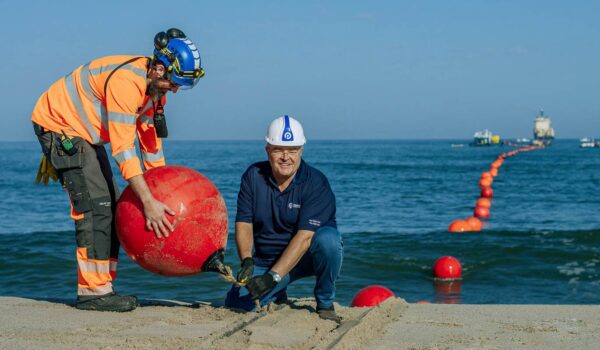

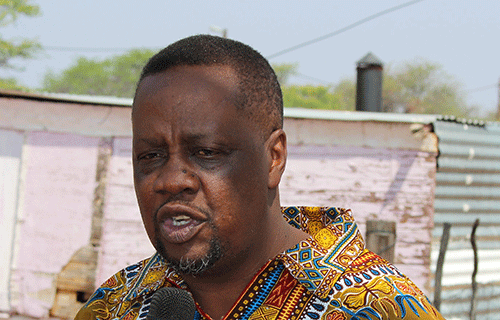

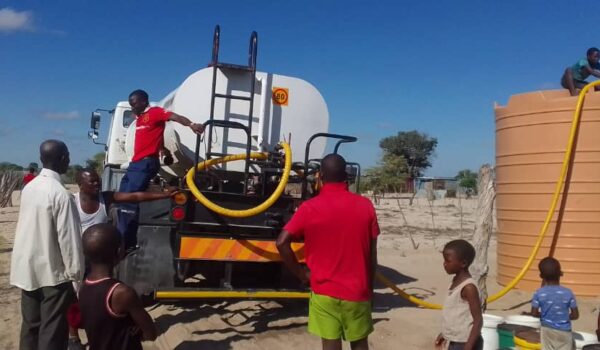
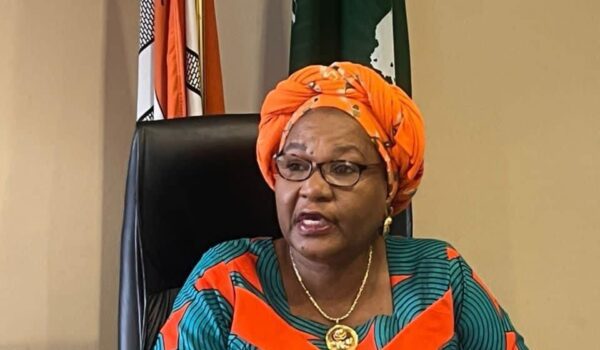
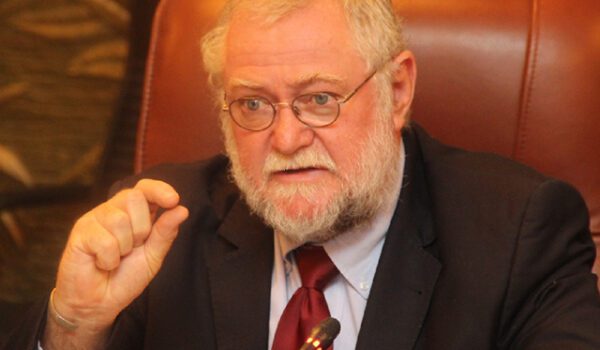
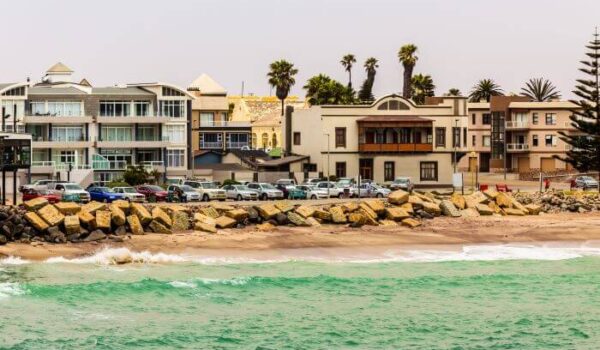

Comments